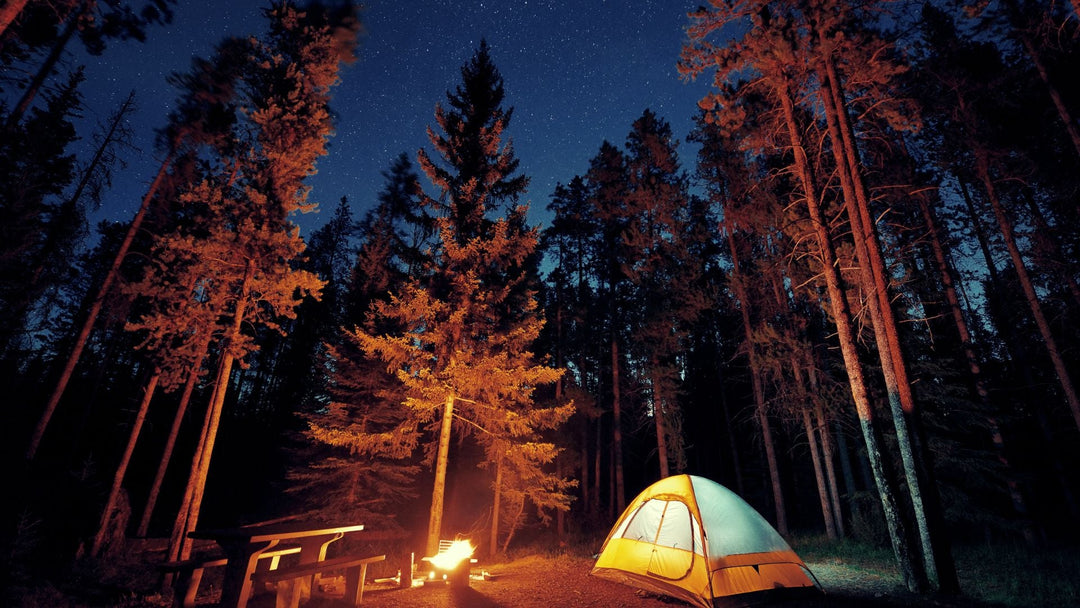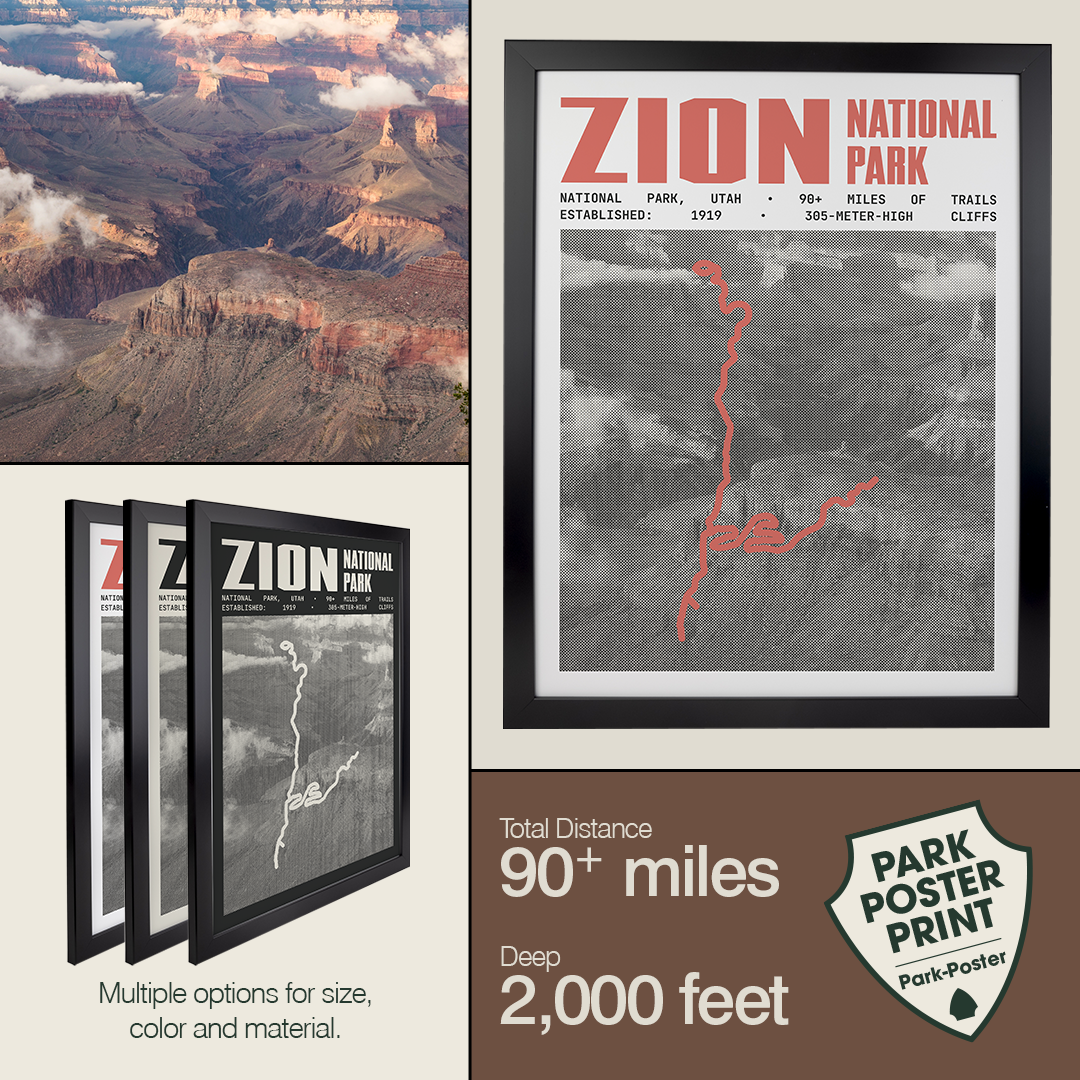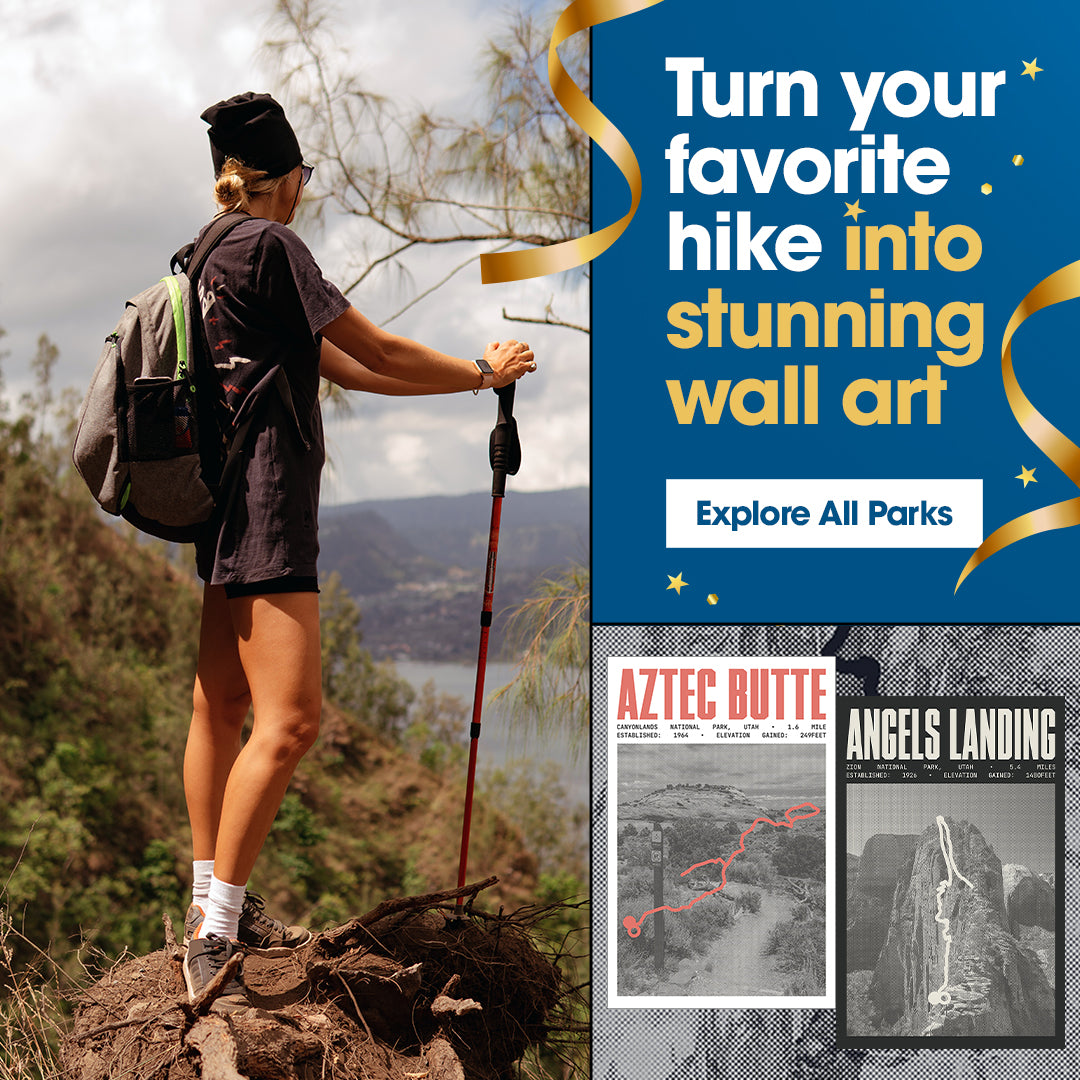Parks and Recreation's Critical Role in Conservation

Parks and Recreation play a vital role in our communities, serving as more than just green spaces. They provide essential habitats for wildlife and help maintain healthy ecosystems that support biodiversity. By protecting these areas, we not only preserve the environment but also enrich our lives.
Moreover, parks improve air and water quality, making our surroundings healthier. They offer recreational opportunities that promote physical activity and mental well-being. Investing in Parks and Recreation ensures that future generations can enjoy these natural havens and the benefits they bring.
Why Parks Matter
Parks and Recreation are essential for fostering community engagement and promoting a healthy lifestyle.
Protecting Ecosystems
Parks are lifelines for our planet. They provide essential habitats for a wide variety of wildlife, which helps to ensure that diverse animal and plant species can thrive. By protecting these ecosystems, parks play a vital role in maintaining nature's intricate balance.
Clean Air and Water
Trees and plants in parks are crucial for cleaning the air we breathe. They absorb harmful pollutants and release fresh oxygen, benefiting everyone around. Additionally, parks manage water effectively by filtering rainwater through soil and plant roots, which helps replenish aquifers and reduce stormwater runoff.
Open Spaces for Everyone
Parks offer open spaces where people of all ages can enjoy nature together. Whether it's a morning jog or a leisurely family picnic, these areas provide a refreshing escape from the hustle and bustle of urban life. This connection to nature fosters both physical health and mental well-being for all visitors.
The Benefits of Conservation
Conservation plays a vital role in creating and maintaining vibrant parks and recreation areas that benefit both the environment and communities.
Sustainable Landscapes
Conservation efforts create sustainable landscapes that minimize carbon footprints. These green spaces play a crucial role in lowering temperatures in urban areas. Additionally, they provide vital protection for wildlife habitats, supporting biodiversity.
Economic Advantages
Outdoor recreation is a major contributor to the economy. Activities like hiking, bird watching, and camping generate billions of dollars each year. Communities that maintain preserved natural areas tend to experience higher property values and increased tourism, benefiting local businesses.
Community Health
Access to parks encourages people to engage in outdoor activities. This promotes healthier lifestyles for individuals and families alike. Activities like walking, running, and cycling in these areas provide safe, affordable ways to stay active and help reduce healthcare costs.
How Parks Contribute Economically
Parks and recreation play a vital role in enhancing local economies and improving the quality of life for communities.
- Outdoor Economy: The outdoor recreation industry is a major driver of the national economy. It contributes approximately $730 billion annually. This impact highlights the importance of outdoor activities for economic growth.
- Property Value Boost: Living near parks has a positive effect on residential property values. For instance, areas close to San Francisco's Golden Gate Park have seen increases of up to $1 billion. This trend shows how green spaces can enhance neighborhood appeal.
- Job Creation: Wildlife viewing has a significant economic impact in Pima County, Arizona. It has generated millions in wages for local residents. Additionally, this activity has created thousands of jobs in the region.
The Role of Park and Recreation Professionals
Parks and Recreation professionals are leaders in conservation. They plan, develop, and manage these vital spaces, ensuring sustainable practices. By educating the public, they foster a culture of environmental stewardship.
Educating the Public
Connecting children and youth to nature is crucial for their development. Educational programs in parks teach them about conservation and the environment. These experiences help nurture a generation that values and advocates for nature.
Collaborating for Conservation
By collaborating with other public and nonprofit entities, park professionals can amplify their conservation efforts. This teamwork allows for a more efficient use of resources. Together, they can extend the reach of preservation initiatives, making a bigger impact.
Supporting Conservation Efforts
Public support for conservation has remained strong across various demographics. Even during economic downturns, more than 70% of voters express support for measures that protect open spaces. This widespread backing highlights the deep value communities place on preserving natural areas for future generations.
Return on Investment
Investing in open spaces yields impressive returns for communities. For every dollar spent on conservation, communities benefit from critical ecosystem services like water filtration and climate protection. Often, this investment results in a return that is a hundredfold, proving the financial wisdom of preserving nature.
Environmental Education Programs
Environmental education programs are fundamental components of Parks and Recreation services that significantly contribute to community engagement and ecological awareness. These programs offer:
- Educational workshops
- Guided nature walks
- Interactive exhibits
They teach visitors about local ecosystems and the importance of conservation. By raising awareness of ecological issues, such programs empower individuals to make informed decisions and adopt sustainable practices in their daily lives.
Moreover, environmental education fosters a deeper connection to nature, encouraging participants to become proactive stewards of the environment. These initiatives not only enhance the learning experience for all ages but also cultivate a community that values environmental preservation and sustainability for future generations.
Conclusion
Parks and recreation areas are indispensable in conservation efforts. They enhance our lives by providing clean air and water, supporting ecosystems, and offering spaces for recreation and relaxation. By valuing and protecting these areas, we ensure a sustainable future for our planet and communities.
Together, as environmental enthusiasts, community leaders, and nature lovers, we can continue to champion the cause of conservation. Let's advocate for the preservation of our parks and inspire others to recognize their importance in a green, thriving world.
Relive Your Adventures with National Park Prints
Capture the essence of your most cherished national park adventures with our beautifully designed National Park Prints. Whether it's a favorite park or an iconic hike, our posters, inspired by actual national park maps, provide a unique and artistic way to commemorate your experiences.
These meticulously crafted visual representations serve not only as a personal memento but also as a striking addition to any art collection. Perfect for nature enthusiasts and adventure seekers, our prints bring the beauty of the outdoors into your home. Order yours now and celebrate the spirit of exploration and appreciation for nature in a truly captivating form.







